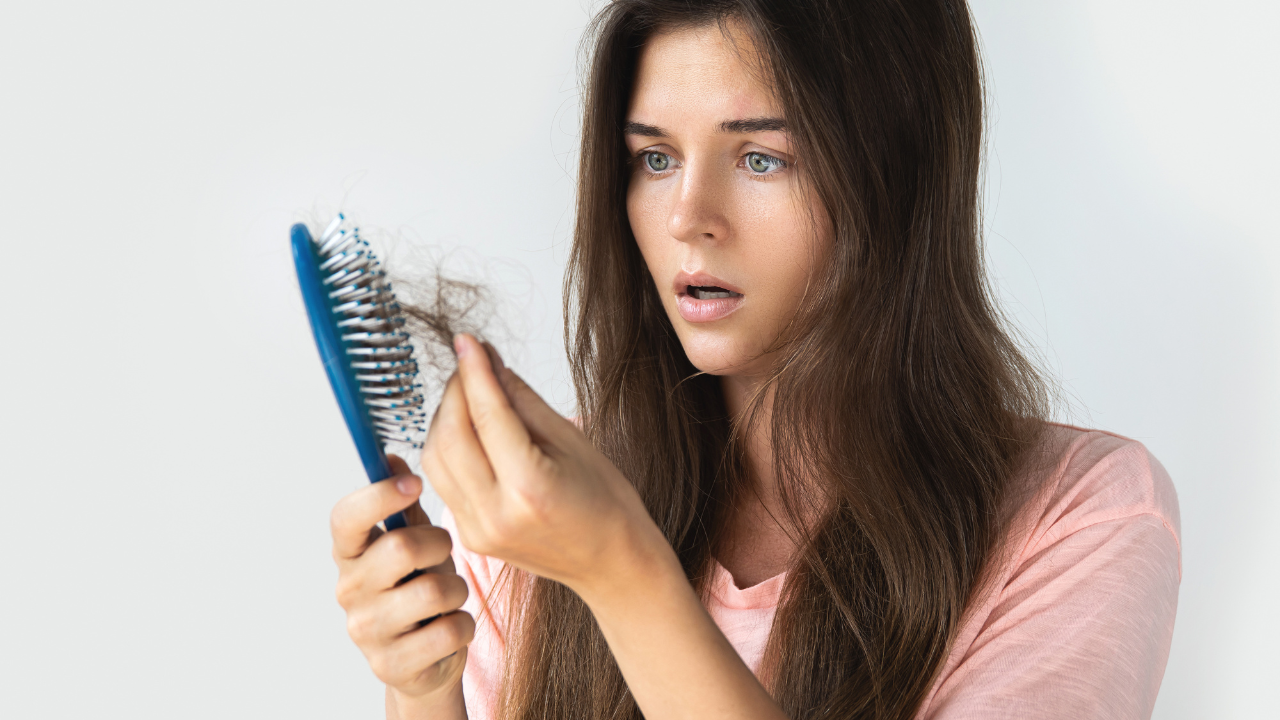
Bringing a child into our world is a simply extraordinary journey, filled with moments of joy, anticipation, and love. It is also, however, an incredibly draining and straining time for the expecting mother’s body. And amidst the wonder and the arrival of a newborn, many women will experience a lesser-known challenge: hair loss. It’s a topic that may not be widely discussed, yet it is a very real and quite common phenomenon, that can impact the emotional and mental well-being of new mothers.
Understanding the Journey and Changes Ahead
It’s so common in fact, that a study suggests that a good 68% of women are experiencing a form of hair loss after giving birth – the vast majority. While the pregnancy itself is often associated with a radiant glow and luscious locks (thanks to hormonal changes that can lead to increased hair growth and thicker, shinier hair), this temporary phase gives way to more or less the opposite afterwards. As hormones fluctuate and the body starts readjusting again after childbirth, it is not uncommon for hair to shed not only at an increased rate – but also to thin out more concentrated than usual. The results are noticeable thinning or bald patches.
Even though this phase is temporary and should only last between 3 to 6 months, for some women, the experience of postpartum hair loss can be distressing, adding another layer of complexity to an already challenging time for body and mind. Coupled with the demands of caring for a newborn it can take a huge toll on self-esteem and confidence. Those feelings are valid and normal – and support and understanding are essential during this transitional period.
Practical Steps and Recovery
One of the key factors in coping is understanding that it is a natural and temporary condition. Hair typically goes through a cycle of growth, regression, rest, and shedding, and the hormonal shifts that occur during pregnancy and childbirth can disrupt it. In most cases, after a couple of months, the hair loss starts to gradually subside over time, as the hormone levels stabilise again. So, while it may be challenging to see hair falling out in clumps, it’s important to reassure oneself that this is a temporary phase. Practising self-compassion and patience can help alleviate some of the distress, as can seeking support and guidance from loved ones, friends, or a healthcare provider.
Several practical steps can help to promote hair health and minimise shedding during these months. Maintaining a balanced diet rich in vitamins and nutrients, staying hydrated, and practising gentle hair care techniques can all contribute to overall hair health. Using mild shampoos, avoiding excessive heat styling, and opting for loose hairstyles can also help reduce stress on the hair and scalp. In addition, cosmetic solutions such as hair-thickening sprays can give confidence boosts.
For those experiencing more significant hair loss or emotional distress, seeking professional help is advisable. If the thinning shows no signs of slowing down, dermatologists or providers specialising in hair loss can offer personalised recommendations and treatments tailored to individual needs; from topical solutions to dietary supplements, there are various options available to support hair regrowth and promote recovery.
Above all, it’s crucial to remember that postpartum hair loss does not define a woman’s worth or beauty. Motherhood is a journey filled with ups and downs, and every experience is unique. Embracing the changes that come with childbirth, both physically and emotionally, is a testament to their strength and resilience. And none of them are alone in their experiences.
See some more of my beauty-related posts here
